Answering the Call of the Leadville Trail 100 MTB Race

It was March 2020, and late one night, I found myself sitting on the bed in my guest room, looking up the age limits of military service. At 43, the options were: zero. I moved on to the Peace Corps. As I scrolled through the list of openings, I quickly realized my lack of foreign language skills, and most other skills that seemed to be in need–made my candidacy unlikely. Volunteering for the Red Cross somewhere–anywhere–floated briefly through my mind, but I knew deep down the war nurse in me needed a break.
Now What?
This desperate attempt at what I’ll call a “purpose search” was about to collide with what might be the world’s greatest collective challenge since World War II–the rise of Covid-19 and the shutdowns that followed. Each city, town, and family gathering blinked out like a failing string of Christmas lights. It was as if the darkness within me had infected the reality of others across the planet.
And not just the darkness. The masks, the bottles of hand sanitizer, the social distancing…the isolation. My nightmare of the last four years as a caregiver for my husband and his leukemia had become everyone else's. And, like many others, I found myself living alone. My husband’s bloody battle finally took him on January 20, 2020, the first day that Covid-19 was officially diagnosed in the United States. He was a scientist’s scientist, but he and I never had a chance to discuss the word “pandemic.” So began the first of many challenges I would face without him.
If I haven’t lost you, dear reader, to the darkness yet, let me say: this is just the setup. I will save the cancer story for another day, but the upcoming bike race business falls flat without this background knowledge.
The Empty Nest
I imagine I was dealing with a similar phenomenon as parents do when the last child leaves home–empty nest syndrome. My entire purpose in life had been to care for my husband, who had also developed Guillain-Barre Syndrome as a side effect of a new cancer drug, paralyzing him from the waist down for the final ten months of his life. Caregiving was my full-time job, and even though I couldn’t save his life, I knew my care was making whatever time he had left at least tolerable. He penned his life story, wrote letters to his family, spent time talking with friends, and showed off slides of his work and travels around the world. I served him a lot of bacon and strawberries for breakfast. We watched plenty of vanlife videos, almost all the cycling adventures of Ryan Van Duzer, and the first couple of seasons of Outlander. We had time to grieve together and say goodbye.
But now, without him, my life had become a kind of flat river paddle through foggy shores, alone in the boat with no idea of what lay ahead or for what reason I should even want to get there. As many people did, I spent much more time watching YouTube and Netflix. I was either escaping from reality or watching it unfold. Too much news, alcohol, and couch time. Endless work. Not enough time with friends and zero time with family. I started following Lael Wilcox’s solo bike-packing adventures and connected with the idea of subsisting out there on my own where no one expected anything of me, and my bike was all that needed care. I forgot to account for the loneliness in these armchair bike trips. I had the sinking realization that the best parts of my life were behind me, and I could not conjure up a single dream that appealed to me. The future seemed…blank.
A Spark in the Dark
The saving grace of this entire period in my life is where I live. A rural town in the northern part of West Virginia where hiking, biking, and skiing trails abound, outdoor activity is a way of life. I could socialize through these activities, along with pop-up street gatherings where we wore three layers and stood 20 feet apart, shivering while drinking cold beers. My neighbors and two labradors became my “pod.” This place and its community allowed my healing process to begin, and I’m forever grateful for living in the middle of nowhere during that time.
I wish I could remember the day I stumbled upon my first video about the Leadville Trail 100 MTB race, but I know it was sometime in May 2020. Looking back, five months of living without a purpose, dreams, or inspiration doesn’t seem that bad! For some, I know that state can go on for years. I’m lucky to have passed through it so quickly. I can’t even remember the exact video. But, as the YouTube algorithm fed me the next video about Leadville, I remember starting to feel something…something besides sadness. The videos were like flint scraping against the ragged edges of my broken heart. There was a spark. It didn’t take long to ignite a flicker of hope, something I hadn’t felt in months. I could do that race. I don’t know how I know, but I know. I should at least try.
For the Love of Wheels
While I am a complete noob to mountain bike racing, I absolutely love mountain biking and have been riding trails for almost 20 years. One would think I would’ve gotten a little better at catching air by now, but I’ll save that for the young folks. I’ve been riding bikes on gravel driveways and neighborhood roads since I was five, except for a lost decade of focusing on college and my career. I often think of those late nights at my desk at NASA, alone in the dark room, lit only by computer screens, when my 20-something self had perfect knees and the potential for a much higher VO2 max. As middle age sets in, it’s hard not to think of those years off the bike as wasted potential fitness gains. But during those years, I met the man who introduced me to riding a bike over rocks and logs through the woods, my husband, Eric.
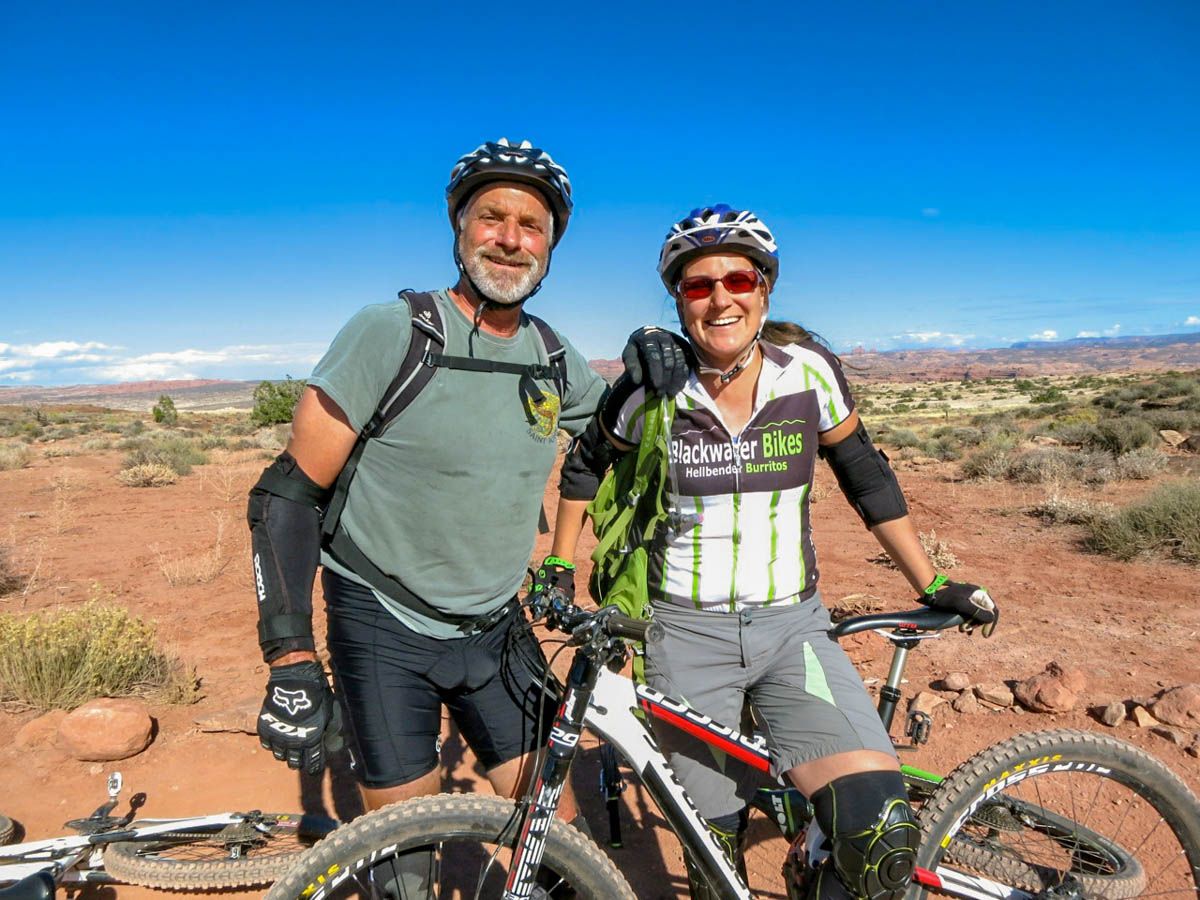
Eric and I spent many of our weekends and vacations on bikes. The trails became a place where I could find the magical flow state. The cardiovascular challenge was only part of the effort. Mountain biking is a very technical sport. It requires extreme focus on the obstacles ahead, and only practice (and many crashes) can turn gnarly trails into pure bliss. I quickly became enamored with riding out west in the dry deserts of Colorado, Utah, and Arizona. It took me a little longer to fall in love with the slippery, rooty, and rocky trails of West Virginia. I still have a slight aversion to shoe-sucking bogs. But as any rider knows–a bad day on the bike is better than a good day at work.
The Day I Met Leadville, Colorado
Eric and I also spent some quality time in Leadville, Colorado. On one of our first trips out west, he drove our old Ford Econoline van, and I flew to meet him in Denver. We went straight into the mountains–Eric just wanted to make the best of my 9-day vacation. I was nauseous when I got out of the van in Leadville, a town that proudly boasts an elevation of 10,200 feet. Headache. Miserable. This was my first experience with altitude sickness. I was undoubtedly dehydrated from the flight, and the sudden rise in elevation only worsened it.
Eric was a consummate mountaineer, and he knew I needed water, electrolytes, and caffeine. We stopped in a coffee shop, and the friendly woman behind the counter had no doubt seen the likes of me before. She took great care of me, dishing up all the drinks I needed and, eventually, a hearty veggie sandwich. (I know that sounds like an oxymoron, but it is possible if you know what you’re doing). Eric and I sat on one of the comfy couches looking around at the fourteener plaques. He started pointing out which of the famous 14,000+ foot peaks of Colorado he had summited. I wish I could remember them all. He pointed to Mount Elbert, with an elevation of 14,439 feet. “That’s the highest in Colorado. We could do that together; it’s just a hike.”
Just a hike. Just like the Leadville Trail 100 MTB race is just a bike ride.
Mountaineering Pace
So, the two of us set the goal to do it the following year, and we did. Unlike Eric, I had to train for it: lots of hiking, walking, running, and even a passionate dedication to a full round of P90-X. The Mount Elbert hike was my first significant athletic goal, and I quickly reconnected with the fast, skinny kid who was always great in gym class but wasn’t allowed to play organized sports (also a story for another day). We stayed at a cheap hotel in Leadville the night before the hike; our old van setup was a little rough on sleep.
The Mount Elbert climb was the day Eric introduced me to the “mountaineering pace.” Keep moving forward, one foot in front of the other. There is no speed goal, long strides, or bounding over boulders to get up the mountain faster. It was the endurance pace, the all-day pace. He would point out people that sped by us and then had to take a break a half mile later, and we passed them (well, not all of them). Steady as she goes, we got to the top–and safely back down.
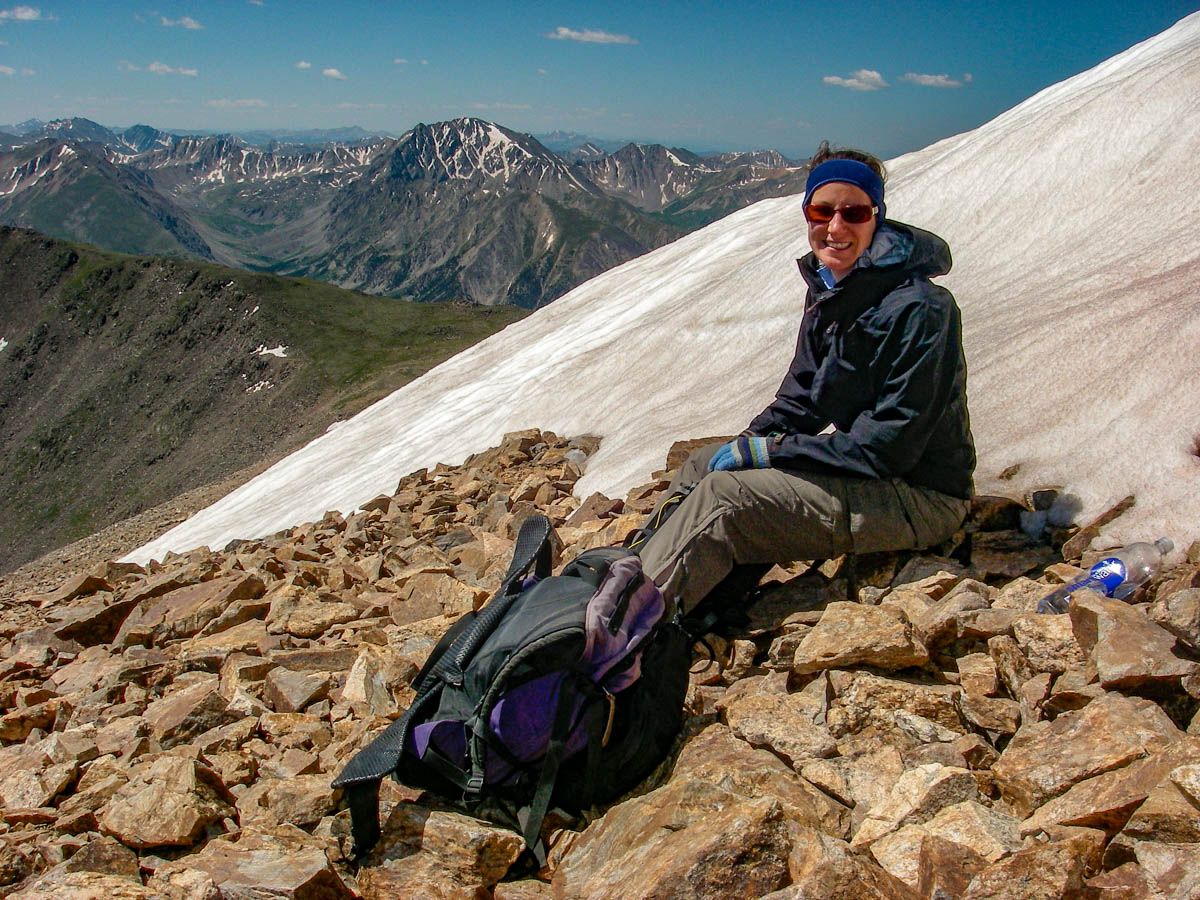
Looking back, Eric saw something in me that I overlooked—potential, drive, focus, and stick-to-itive-ness. I knew I had all these qualities regarding my work ethic and career goals, but applying them to the outdoors allowed me to grow in strength and capability quickly. We were life partners and did every adventure together. It was a great ten years.
When the cancer came in 2016, we both pulled from our endurance experience. Eric as he navigated the treatments, which one can never be prepared for until it happens to you. In the beginning, we lived in the hospital for 36 days straight, and he had chemo going into him 24/7. At first, he was famous for telling the nurses, “I’ve had vacations tougher than this.” As the ever-present spouse, I was warned by the doctors and nurses that this was a marathon, not a sprint. I ran a marathon once; I got the analogy. I eventually learned that it was an ultra-marathon full of max sprint intervals, and no one was draping a medal around your neck and force-feeding you oranges and bagels at the end.
The Commitment
Back to May of 2020, thoughts of attempting to complete the Leadville Trail 100 MTB race became louder and louder. Due to the shutdowns, all Leadville Race Series events were canceled for the first time in 38 years. That’s fine. I don’t need to go to Leadville to ride 105 miles; I can do that in my backyard.
And so it began. I decided to ride 100 miles of mixed surfaces that year and didn’t need an organized race. I lived in an area perfect for it. I remember announcing this to two of my riding buddies one afternoon as we set up for a ride in the local state park. “I’m gonna ride 100 miles this year!” Neither one told me I was crazy (I thought I was). They supported me simply by joining me on my long-distance gravel rides, as did many others, and coming up with some great routes. That first century is also a story for another day.
The powerful tale of why and how Ken Chlouber and Merilee Maupin founded the Leadville Trail 100 running and mountain bike races–contributing to the economic and spiritual recovery of a dying mining town–will be the topic of next week’s article.
But for now, I’ll leave you with this phrase you’ll often hear them say:
“You don't find Leadville; Leadville finds you.”
Follow me on X @vweeks and Instagram @victoria.weeks for daily meanderings.
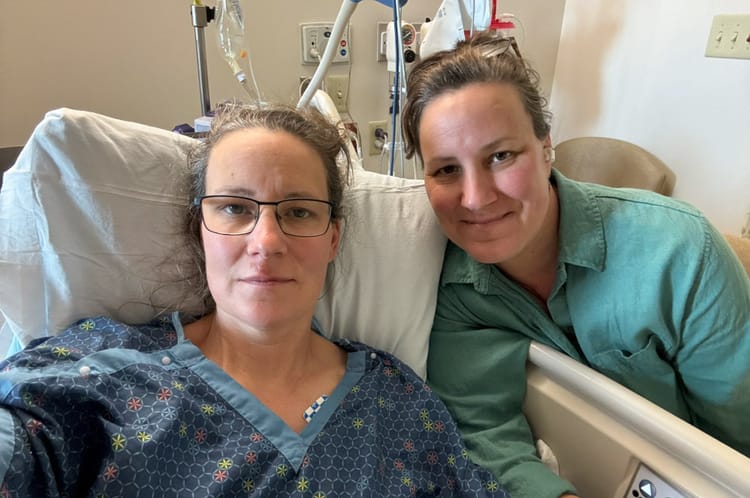
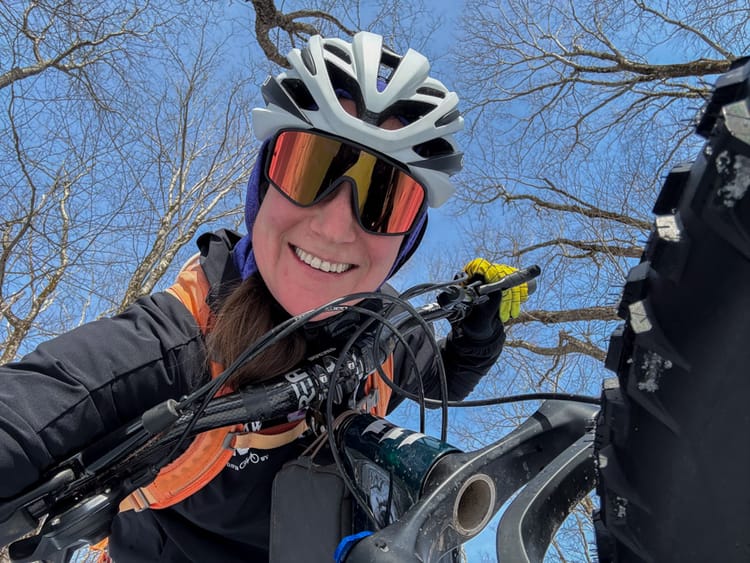
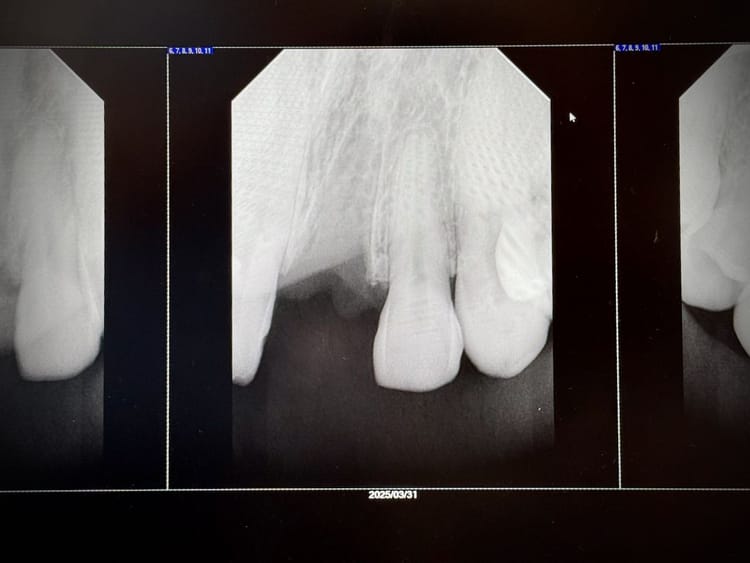
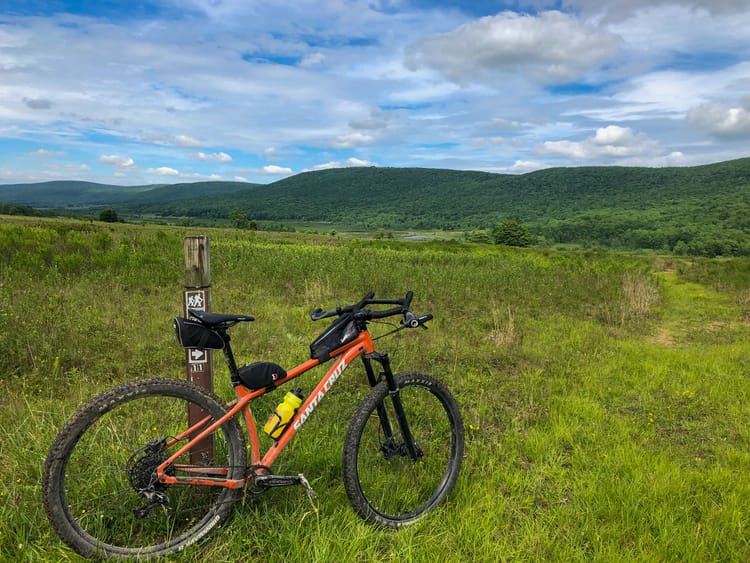
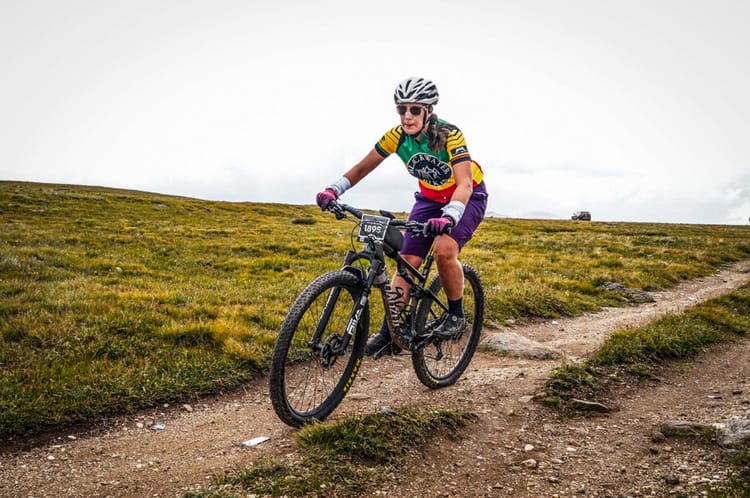
Member discussion